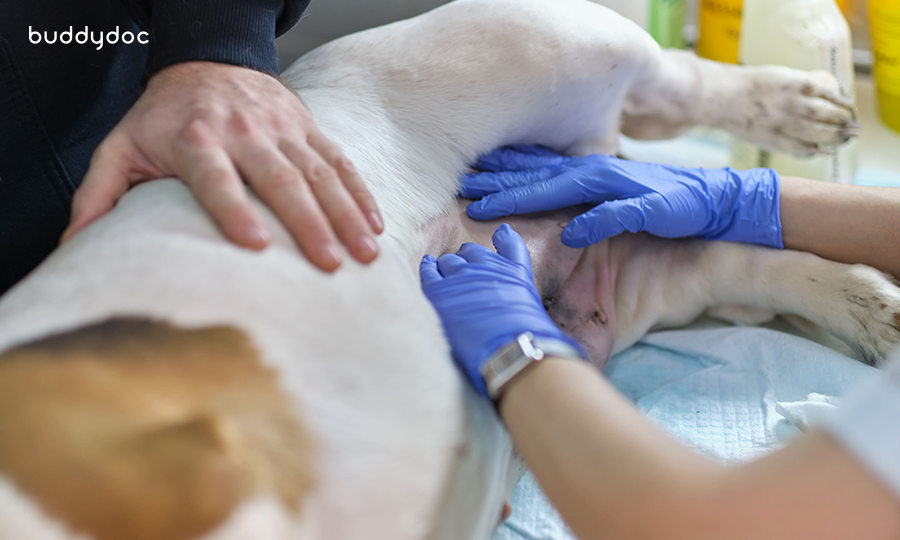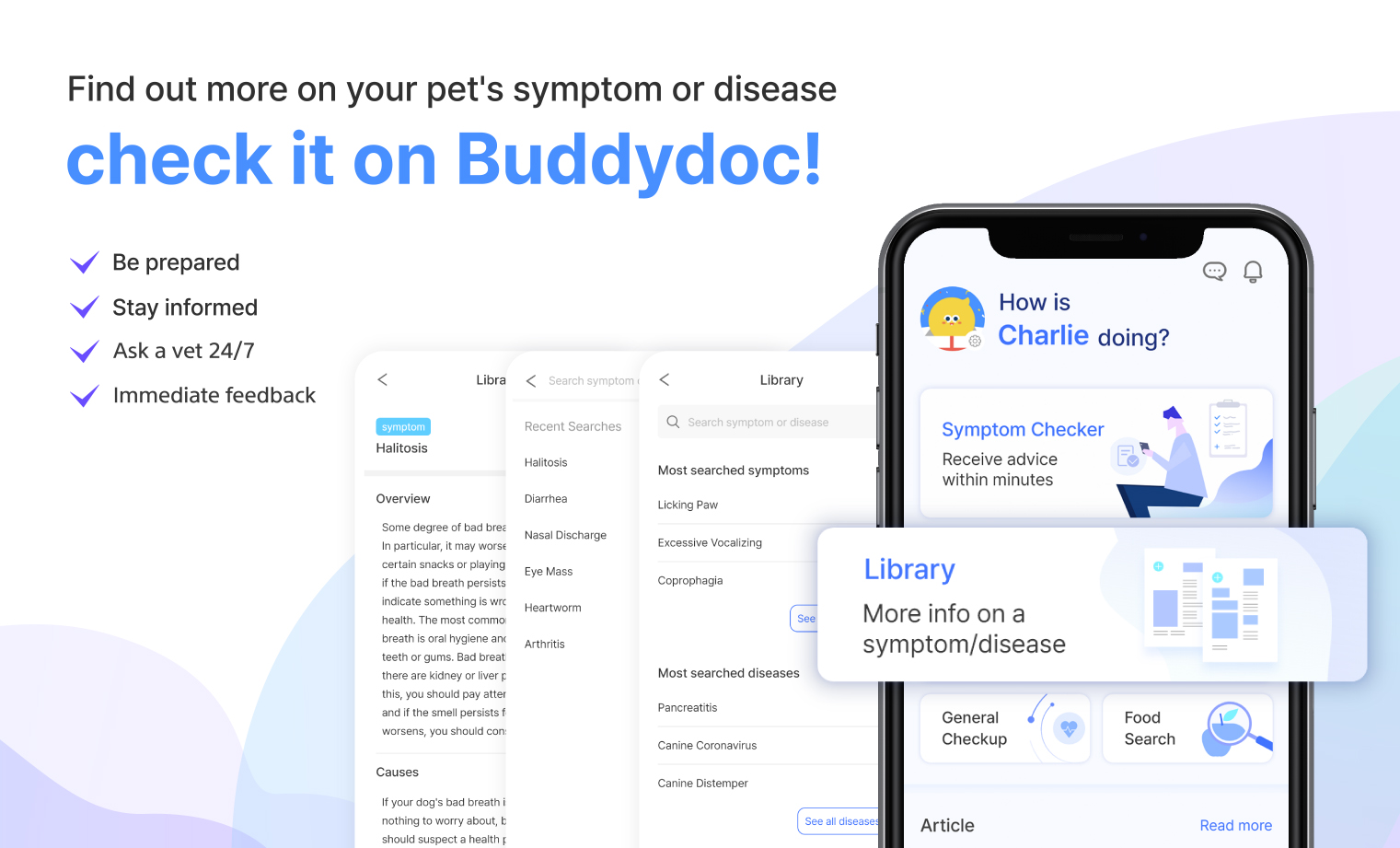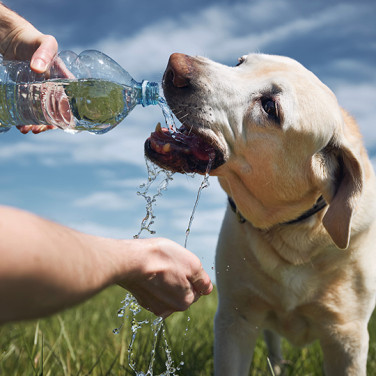DISEASES
Cryptorchidism (Retained Testicles) in Dogs - Symptoms and Treatments
페이지 정보
본문


What is cryptorchidism in dogs?
Cryptorchidism is when one or both testicles fail to descend into the scrotum, usually by 2-4 months of age. The testicles develop near the kidney and are guided by a structure called the gubernaculum, but in some cases, it fails to develop correctly. Cryptorchidism can appear in two types, unilateral cryptorchidism, and bilateral cryptorchidism. Unilateral cryptorchidism occurs when only one testicle remains undescended, while bilateral cryptorchidism occurs when both do. Sterility can result when neither testicle descends. If the testicles aren't felt in the scrotum by 2-4 months, cryptorchidism is suspected.
Causes of cryptorchidism (retained testicle) in dogs
Cryptorchidism is a condition where the testicles fail to descend into the scrotum due to a poorly developed guide ligament (gubernaculum). It affects 1-3% of all dogs, with toy breeds at a higher risk, especially those with brachycephalic syndrome. 75% of cases involve one retained testicle, and the right one is more likely to be the one affected. Although the exact cause is unknown, it appears to have a genetic predisposition. Large dog breeds are also more likely affected by this condition.
Symptoms of cryptorchidism in dogs

Cryptorchidism in dogs often shows no symptoms. In the early stages, a retained testicle will be noticeably smaller than the normal one. Infertility can occur with bilateral cryptorchidism, and spermatic cord torsion can cause acute abdominal pain.
Retained testicles can also develop into cancer, which produces specific signs depending on the type of cancer. Palpating the scrotum can identify latent testicles, which may develop into testicular tumors that produce signs of feminizing syndrome. In addition, symmetrical hair loss on the torso and flanks and hyperpigmentation in the groin area may appear.
Risk of cryptorchidism in dogs
The greatest risk of retained testicles in dogs is the development of testicular tumors, with affected dogs 10 times more likely to develop them. If an older, unneutered male puppy displays signs of feminizing syndrome, such as breast development, it's essential to schedule a veterinary examination.
Certain breeds are more prone to cryptorchidism, such as:
- Toy poodles
- Pomeranians
- Yorkshire Terriers
- Siberian Huskies
- Miniature Schnauzers
- Shetland sheepdogs
- Chihuahuas
- German shepherds
- Dachshunds
How to manage dogs with cryptorchidism
It is highly recommended to undergo surgical removal of the hidden testicle. If the testicles are not confirmed in the scrotum or only one side is identified after 2 to 4 months of birth, visiting the hospital for neutering surgery is recommended to avoid any further health complications. Following the surgery, it is advisable to use a neck collar to prevent licking of the surgical site till fully recovered.
Diagnosing cryptorchidism in dogs
Cryptorchidism can be diagnosed through a physical examination by a veterinarian. A thorough examination of the scrotal sac, abdomen, and groin area is conducted to determine the presence or absence of testicles. An ultrasound can accurately identify the location of the retained testicle in the abdominal cavity.
Hormonal tests may be recommended, such as an hCG or GnRH response test, to evaluate the dog’s neuter status.
Treatment for cryptorchidism in dogs

The only treatment option for cryptorchidism is surgery, which involves removing both the retained and normal testicles. Both testicles should be removed to avoid passing on the defect to an offspring. Surgery is more complicated than a typical neuter due to the steps required to locate the retained testicle, but once located the prognosis is just as good.
Can you prevent cryptorchidism in dogs?
There is no way to prevent cryptorchidism, besides neutering affected dogs to avoid breeding this condition into further offspring. If retained testicles are suspected, it is vital to remove them as soon as possible to prevent tumors and other health complications.
Find out more about your dog’s symptoms and diseases on the Buddydoc app!

The Buddydoc library is filled with everything you’d want to know about each symptom and disease your pet may experience. If you would like to find out more about the causes, signs, treatments, preventions, and more for your dog’s disease. Try out the Buddydoc app and search for your pet’s symptoms or diseases in the Buddydoc library.













